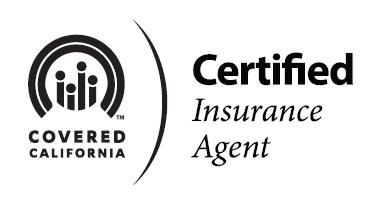Benefits Chalk Talk: 10 Essential Health Benefits
Welcome back to another edition of “Benefits Chalk Talk.” In this series at our blog, we provide you with valuable, up-to-date, relevant information about health benefits planning so that you can put the things in place that make the most sense for yourself or your company. At Policy Advantage Insurance Services, we feel that informed consumers can make a really big difference in our industry.
The topic today is about the “10 essential health benefits” that must be included in all insurance plans starting on January 1st, 2014. The Affordable Care Act (or ACA/Obamacare), required that certain new “essential benefits” be included in all health insurance plans.
Additionally, you may have heard recently in the news that many people across the country are going to be unable to continue their current health insurance plans. The “10 Essential Health Benefits” provision is one of the reasons why. Many of today’s plans on the individual market do not conform to these minimum standards set forth in the law.
As such, any plans that were not “grandfathered in” (ie: in place before March 23rd, 2010, with certain exceptions) can no longer be offered. As a result, people in these plans will need to find a new one starting on January 1st. In many cases, because of the additional added benefits, premiums will also be more expensive.

Here is an overview of the “10 Essential Health Benefits (source: www.healthcare.gov):
- Ambulatory Patient Services: “Outpatient care” – the kind you get without being admitted to a hospital
- Emergency Care: Trips to the emergency room
- Hospitalization: Treatment in the hospital for inpatient care
- Maternity & Newborn Care: Care before and after your baby is born
- Mental Health Services: Mental health and substance use disorder services: This includes behavioral health treatment, counseling, and psychotherapy
- Prescription Drugs: Your prescription drugs
- Rehabilitative & Habilitative Services: Services and devices to help you recover if you are injured or have a disability or chronic condition. This includes physical and occupational therapy, speech language pathology, psychiatric rehabilitation, and more
- Laboratory Services: Your lab tests
- Preventive & Wellness Services: Preventive services including counseling, screening, and vaccines to keep you healthy and care for managing a chronic disease
- Pediatric Care: Pediatric services – this includes dental care and vision care for kids
The above listed are the “10 Essential Health Benefits” that must be included in all insurance plans starting on January 1st, 2014. Keep in mind that there may be minor benefits differences between states, but for the most part, all of the above must be included in new insurance policies.
Thanks for stopping by, we hope you found our information to be valuable. Check back at our blog to get further information about funding healthcare. Also, please share with your friends, clients, colleagues, and family. Here are a few of our other information outlets:
Home Page: https://policyadvantage.com
Twitter: http://www.twitter.com/PolicyAdvantage
Facebook: http://www.facebook.com/PolicyAdvantage
YouTube: http://www.youtube.com/PolicyAdvantage
Pinterest: http://www.pinterest.com/PolicyAdvantage
Word Press: http://www.policyadvantage.wordpress.com







